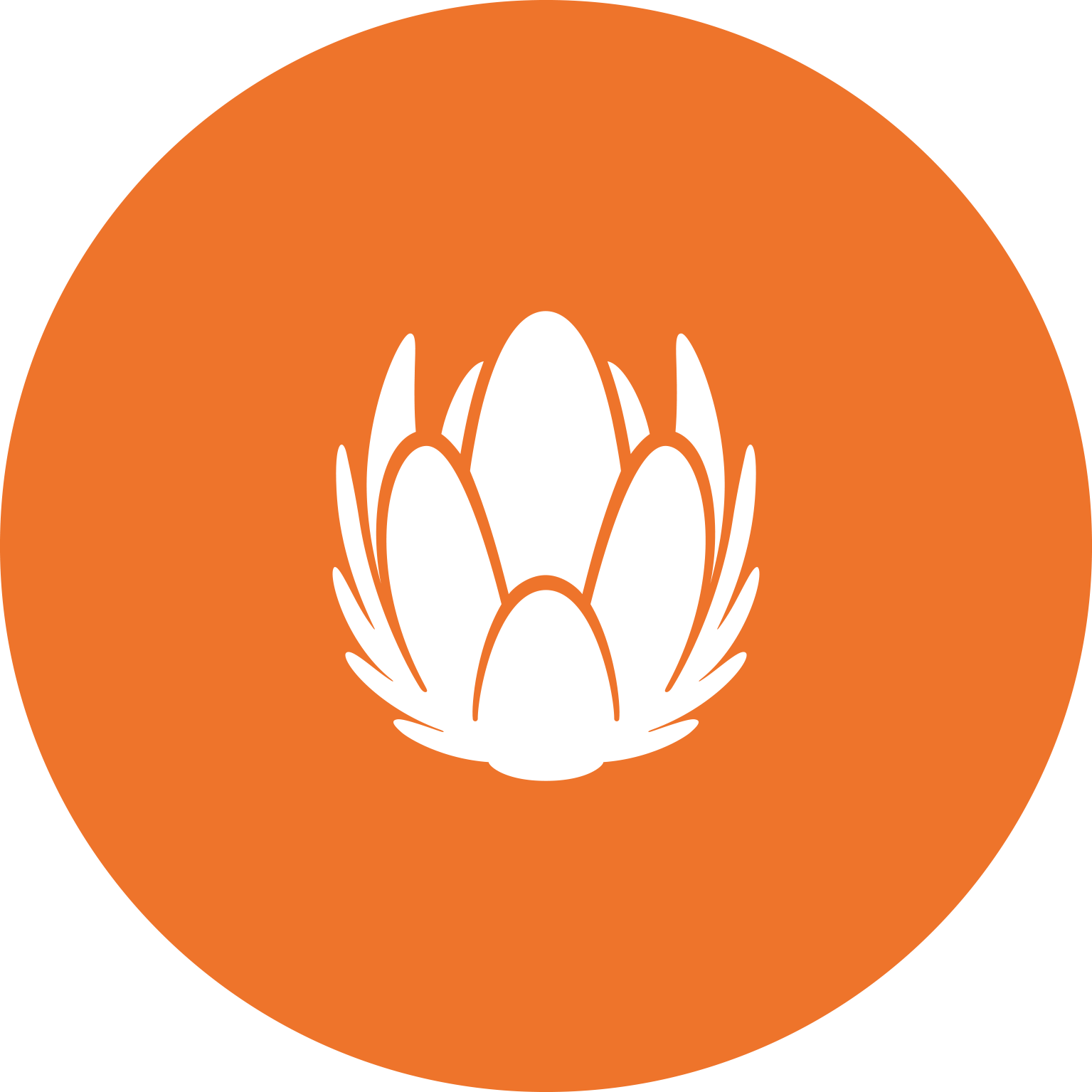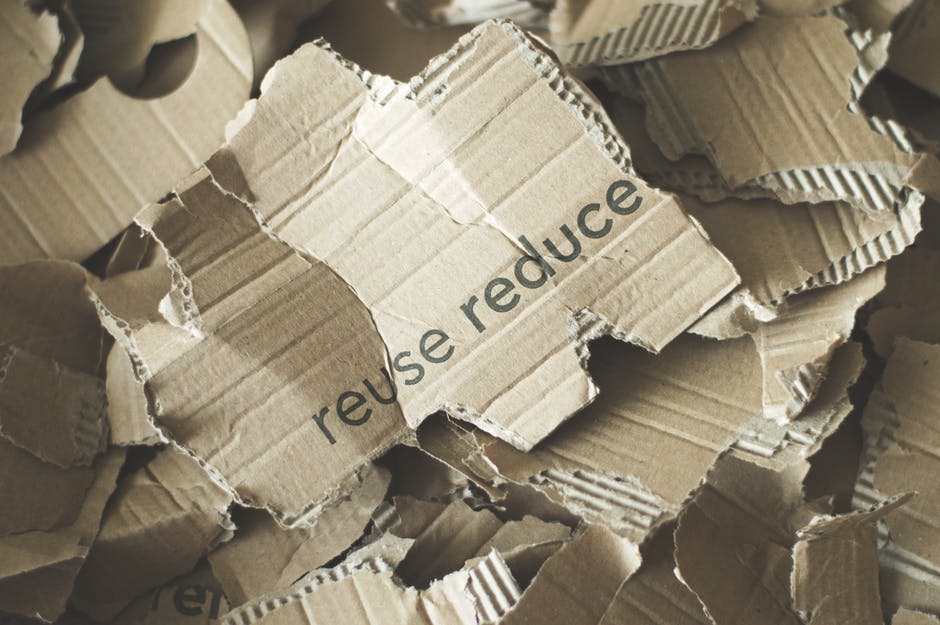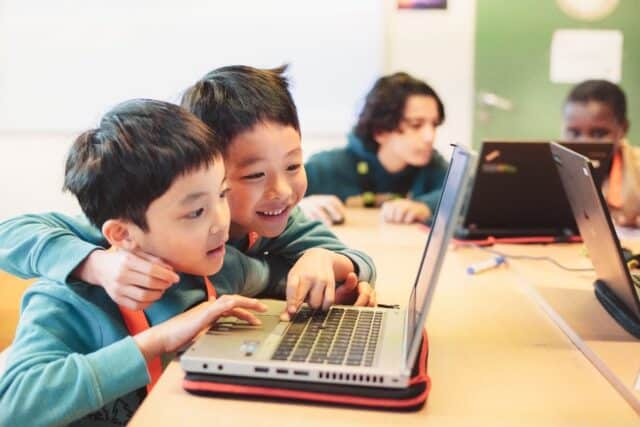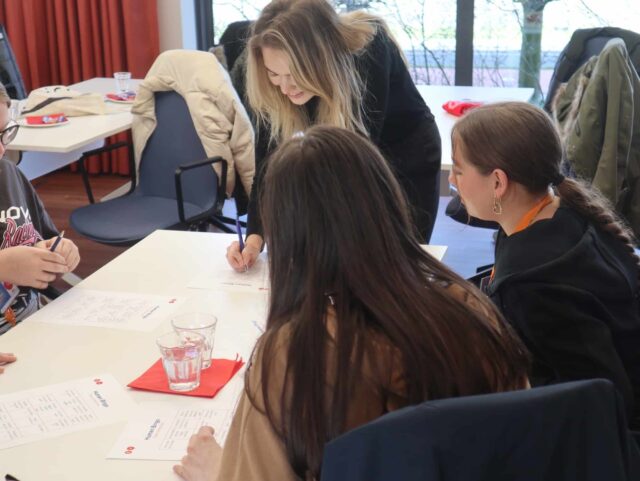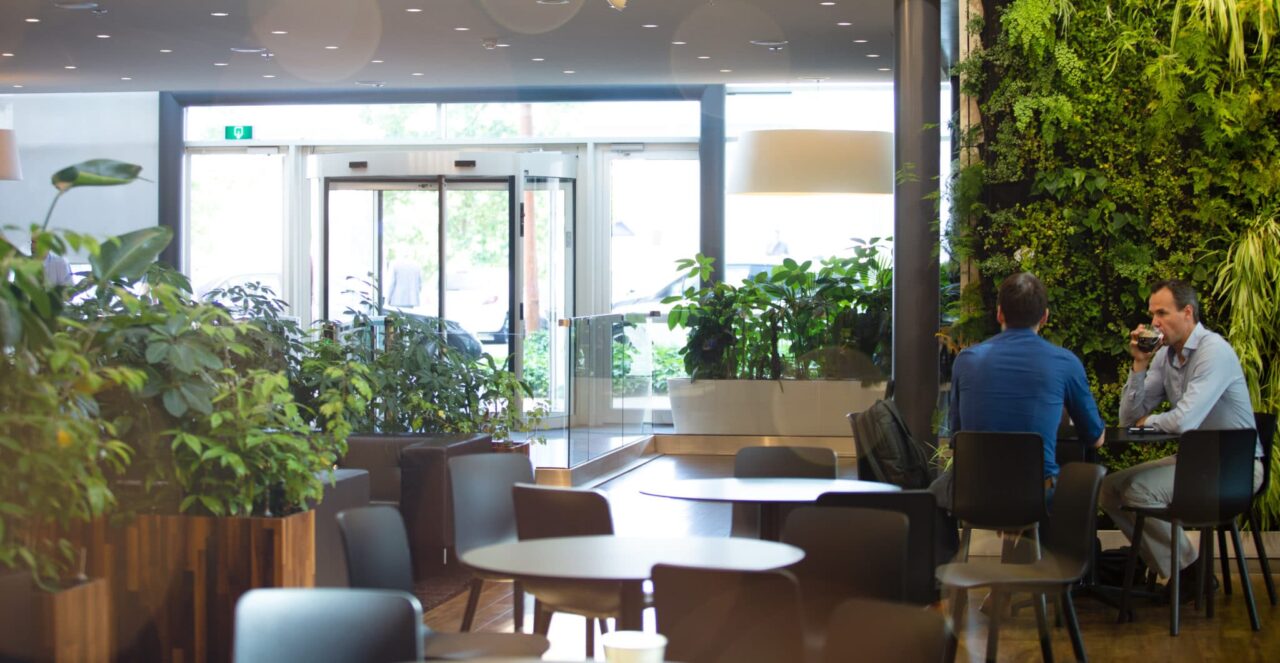Electronic equipment can constitute a large waste stream for technology and cable companies such as ourselves.
In our business, we operate a subscription model for , meaning that Liberty retains the ownership of their set-top boxes and modems (collectively called Customer Premise Equipment or CPE). Once a customer decides they no longer need our service or they upgrade to a different service, we take back their CPE and test whether we can reuse it directly or refurbish it for reuse.
Wherever possible, we reuse or refurbish equipment, thereby avoiding additional resource consumption in our supply chain. In 2017, 22% of newly deployed CPE were from refurbished stock and 36% of collected set-top boxes and modems were refurbished. This equates to having refurbished 2.2 million set-up boxes and modem units, avoiding approximately 3,700 metric tons of waste.
As well as working with our supply chain teams to maximize return, reuse and refurbishment rates, we work with the product development teams to create a circular approach to product waste. This means building more modular products and designing for easy repair to extend the product life cycle. We also work on reducing the volume of materials (plastics, metals and electronics) being used in our products, so that our products are resource efficient. We use our Product Sustainability Scorecard to underpin this process. You can read more about our Scorecard here .
There are also financial drivers to our circular economy approach. CPE that is being sent for recycling are first stripped of their most valuable elements. For example, in 2017, our supply chain business partners salvaged and sold more than 280,000 Hard Disc Drive (HDD) units from our legacy set top boxes, avoiding 115 tons of e-waste and generating new revenue streams for the business.
In addition to reusing and recycling our customer premise equipment, we also recycle office IT equipment, where possible, donating refurbished computers, printers and screens to benefit schools and hospitals in a number of African countries through Close the Gap, a non-profit organization. In 2017, we donated 1.1 metric tons of IT equipment.

